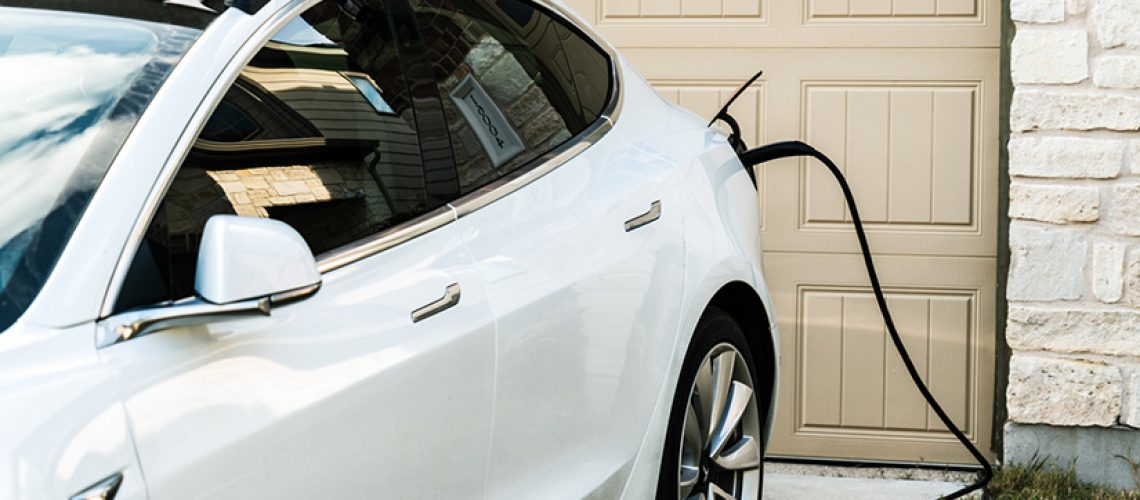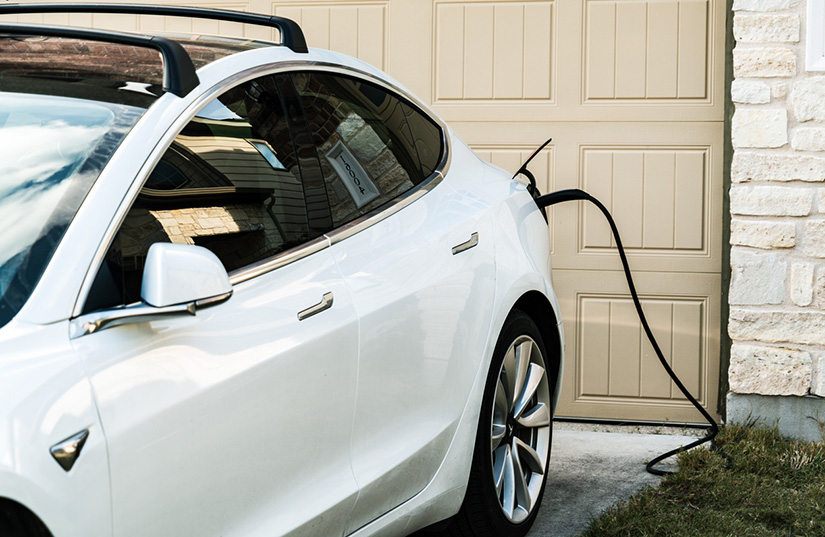Reducing building energy usage is key to achieving a least-cost 100% renewable grid, a study by the National Renewable Energy Laboratory has found.
Residential energy efficiency gains also save money and improve comfort. Those two factors are motivating customers of some rural electric co-ops to borrow from their co-op to pay for energy efficiency improvements. The loan is then repaid through the customer’s utility bill.
In central and western Kansas, 2,475 of co-op Midwest Energy’s customers, or 8% of its customer base, have taken out such loans to date, according to a post by the Rural Power Coalition.
The coalition, noting that rural Americans spend as much as 40% more on energy than urban residents, recommends the loan approach to help co-op customers save money and help co-op utilities build resilience to extreme weather events.
A customer can initiate an energy efficiency loan by selecting from a set of cost-effective upgrades for their home, farm or business, such as insulation, air sealing, efficient HVAC equipment, on-site solar or an electric vehicle charger. The utility funds the upgrades with a loan, which the customer pays back through a monthly charge that is less than the estimated savings from the upgrade, the coalition said.
If the customer moves before the loan is paid off, the monthly charge transfers to future customers at that site.
The coalition calls the approach “inclusive utility investment,” because a customer’s financial liquidity or creditworthiness is not assessed in the loan origination stage; instead, the utility assesses the energy savings potential of the building.
Electric co-ops and other rural utilities may access 0% financing for such investments, offered by the Rural Energy Savings Program operated by the U.S. Department of Agriculture. The interest rate charged to customers is capped at 5% and is often lower, the coalition said.
The coalition presented two additional case studies in its post. The Roanoke Electric Cooperative in North Carolina has enrolled more than 10% of its residential customers in energy efficiency financing; about half of the residential buildings receiving upgrades first required repairs.
In southern Arkansas, the Ouachita Electric Cooperative has seen an average demand reduction of 18% among residential customers who have borrowed for weatherization and HVAC upgrades, and up to 70% to 80% for those who also add solar. Across all residential weatherization and solar projects, the co-op utility has seen an average reduction in peak demand of 1.5 to 2 kW for each home upgraded. Savings from boosting customer efficiency and adding solar allowed the utility to reduce rates for residential customers by 4.5%, the coalition said.
The Rural Power Coalition is a collaboration of 17 organizations working to advance clean energy investments by rural electric cooperatives in 14 states.






